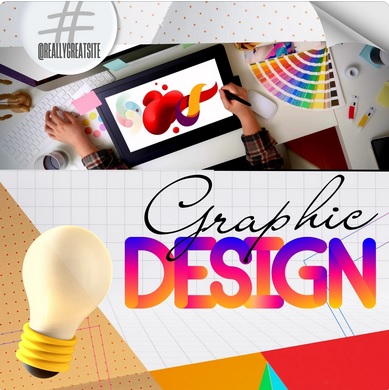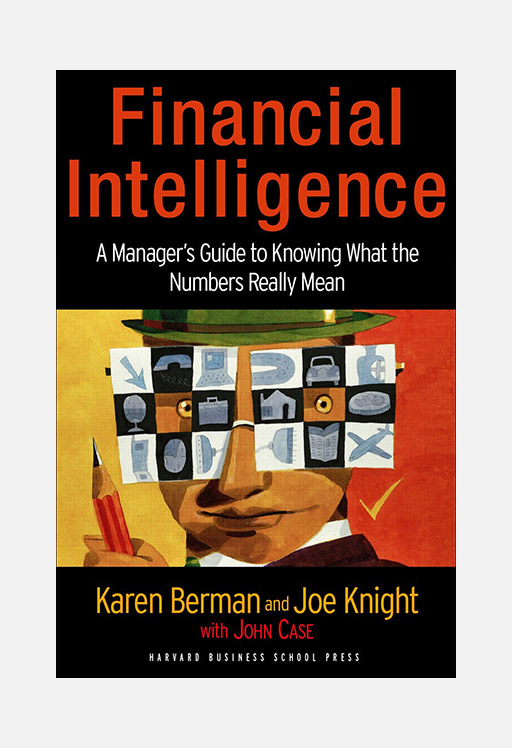Graphic Design & Branding

We are devoted to making every pixel count.We love what we create. Whether it’s a new brand identity, advertising campaign, or interactive strategy, our process-driven team analyzes every project with a fresh perspective to achieve the most compelling solutions.
Our style reflects elegant and clean designs. We believe in neat lines, unique color combinations, simplistic compositions and professional use of typography.To be pertinent, your brand must have a story to tell. No matter the strategy, our process is set to help your brand, your audience and your mission move forward.
We specializes mainly in logo design,branding,2D & 3D animations,brochures,posters etc.Graphic design plays a critical role in visual communication, and it is an important aspect of marketing,advertising, and branding.
We create logos,postures,animations and many more...
Graphic design is the art and practice of visual communication. It involves creating visual elements, such as typography, images, icons, illustrations, and layouts, to convey messages, information, or ideas in a visually appealing and effective manner. Graphic designers use various tools and techniques to combine text, images, and other visual elements to create designs for both print and digital media.
Here are some key aspects and areas of graphic design:
- Typography: Typography refers to the art and technique of arranging and styling typefaces. Graphic designers use typography to enhance readability, communicate hierarchy, and evoke specific emotions or moods. They choose fonts, adjust spacing, and create typographic compositions to create visually engaging designs.
- Layout design: Layout design involves organizing and arranging visual elements, such as text, images, and graphics, within a defined space. Designers consider factors like balance, alignment, proximity, and hierarchy to create visually appealing and functional layouts for print or digital media, including posters, brochures, magazines, websites, and mobile apps.
- Logo design and branding: Logo design focuses on creating unique and recognizable symbols or marks that represent a brand or company. Graphic designers work on developing logos that capture the essence of a brand, communicate its values, and leave a lasting impression on the target audience. Branding extends beyond the logo and encompasses the visual identity of a brand, including color schemes, typography, and design guidelines.
- Illustration and iconography: Illustration involves creating hand-drawn or digital artwork to convey messages or ideas. Illustrations can be used in various contexts, such as book covers, posters, websites, and infographics. Iconography involves designing symbols or icons to represent concepts, actions, or objects. Icons are commonly used in user interfaces and help users quickly understand and interact with digital products or services.
- Print design: Print design involves creating designs for printed materials, such as brochures, business cards, packaging, banners, and flyers. Graphic designers consider factors like paper sizes, color modes, resolution, and printing techniques to ensure that the designs translate well from digital to physical form.
- Digital design: Digital design encompasses designing for digital platforms, such as websites, mobile apps, social media graphics, and online advertisements. Graphic designers consider factors like responsive design, user experience (UX), and interactive elements to create visually appealing and user-friendly digital experiences.
- Color theory: Understanding color theory is essential for graphic designers. They use color palettes and combinations to create visual harmony, evoke emotions, and convey messages effectively. Color theory includes concepts like color wheel, color harmony, contrast, and color psychology.
- Image editing and manipulation: Graphic designers use image editing software like Adobe Photoshop to edit and manipulate images, retouch photographs, create digital illustrations, and enhance visual elements in their designs.
- Software tools: Graphic designers use various software tools to create and manipulate visual designs. Popular graphic design software includes Adobe Creative Cloud applications like Adobe Photoshop, Illustrator, InDesign, and Sketch.
- Communication and collaboration: Effective communication and collaboration are vital skills for graphic designers. They work closely with clients, marketing teams, and other stakeholders to understand project requirements, provide design recommendations, and deliver designs that meet client expectations.
Graphic design is a vast field, and designers often specialize in specific areas, such as logo design, user interface (UI) design, or motion graphics. They draw inspiration from current design trends, industry standards, and their own creativity to produce visually compelling designs that effectively communicate messages and engage the target audience.




